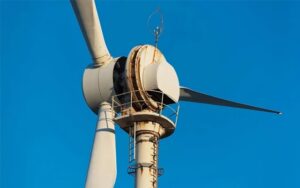
How to Maintain a Small Wind Turbine for Home: Complete Maintenance Guide
How to Maintain a Small Wind Turbine for Home Use: A Practical Guide As more homeowners seek renewable energy solutions, the small wind turbine for

How to Maintain a Small Wind Turbine for Home Use: A Practical Guide As more homeowners seek renewable energy solutions, the small wind turbine for

Accurate wind data is essential for the efficient operation of any windmill generator. These systems continuously monitor two critical parameters—wind speed and wind direction—to ensure

The windmill generator has become a symbol of clean and sustainable energy. As the world pushes toward carbon neutrality, many are asking: why aren’t windmill

Many wind turbine manufacturers struggle with product credibility, cost-performance issues, and market trust. Without honest communication and structural improvements, the industry risks losing its long-term
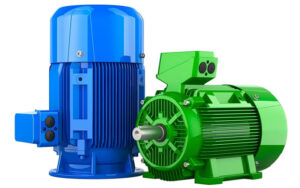
A permanent magnet generator (PMG) is a type of electrical generator that converts mechanical energy into electrical energy using the magnetic field generated by permanent
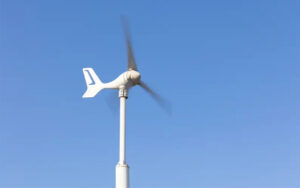
As global energy systems transition toward decentralization and sustainability, micro wind turbine are undergoing a quiet revolution. The latest advancements have led to dramatically reduced cut-in
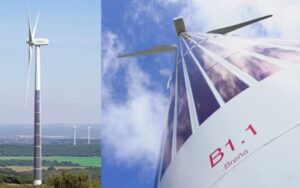
As the global energy transition accelerates, renewable energy systems are no longer developed in isolation. Combining technologies—especially wind and solar—has proven to be a powerful
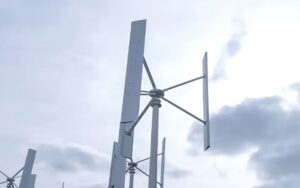
A vertical axis wind mill converts wind into electricity using a rotor that spins around a vertical shaft. Compared to horizontal turbines, this design offers
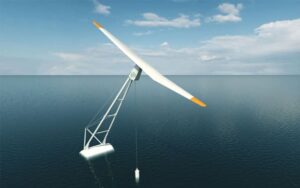
Floating Offshore Wind Energy Breakthrough: Touchwind’s One-Blade Turbine Redefines Offshore Wind Floating offshore wind energy is emerging as a key solution for deep-sea power generation.
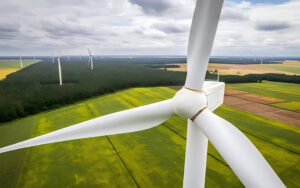
Wind turbine blades are essential for converting wind energy into electricity. However, their constant exposure to harsh conditions—like rain, hail, debris, and extreme temperatures—makes them
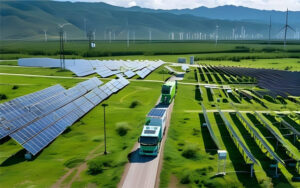
With energy costs rising and power grids becoming increasingly unreliable, more and more farmers are turning to independent and renewable energy solutions. Among them, the
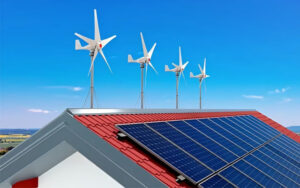
In many rural and off-grid regions, access to stable electricity remains a challenge. This is where the small off-grid wind turbine becomes a game-changer —